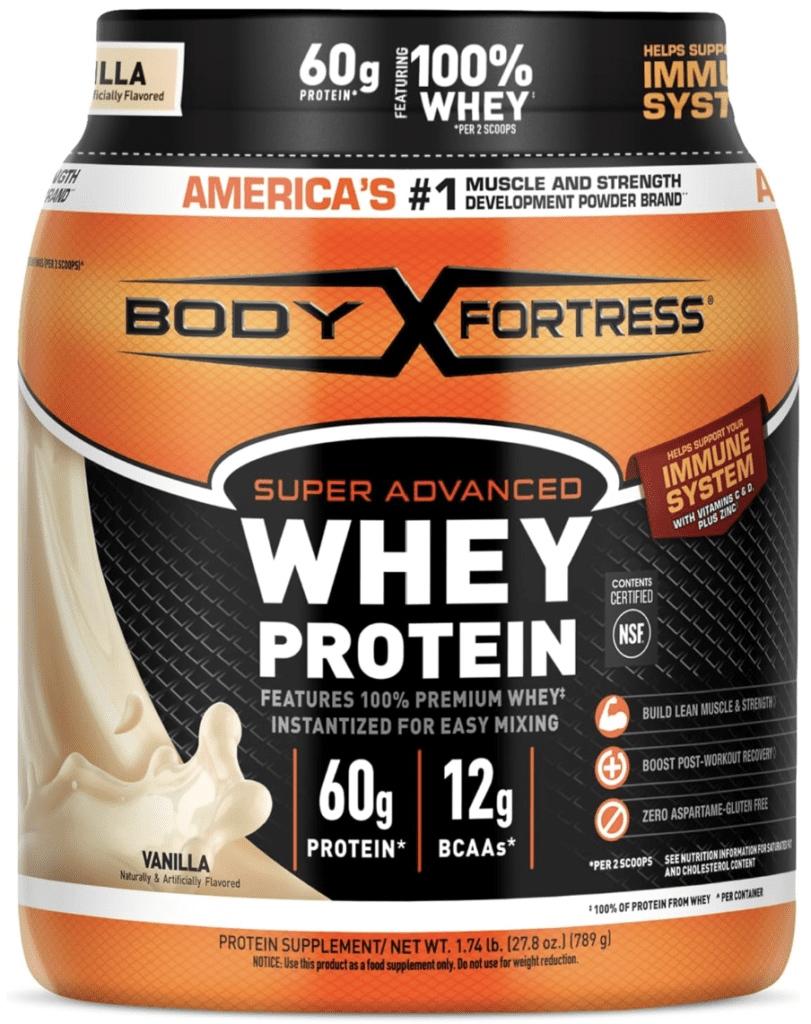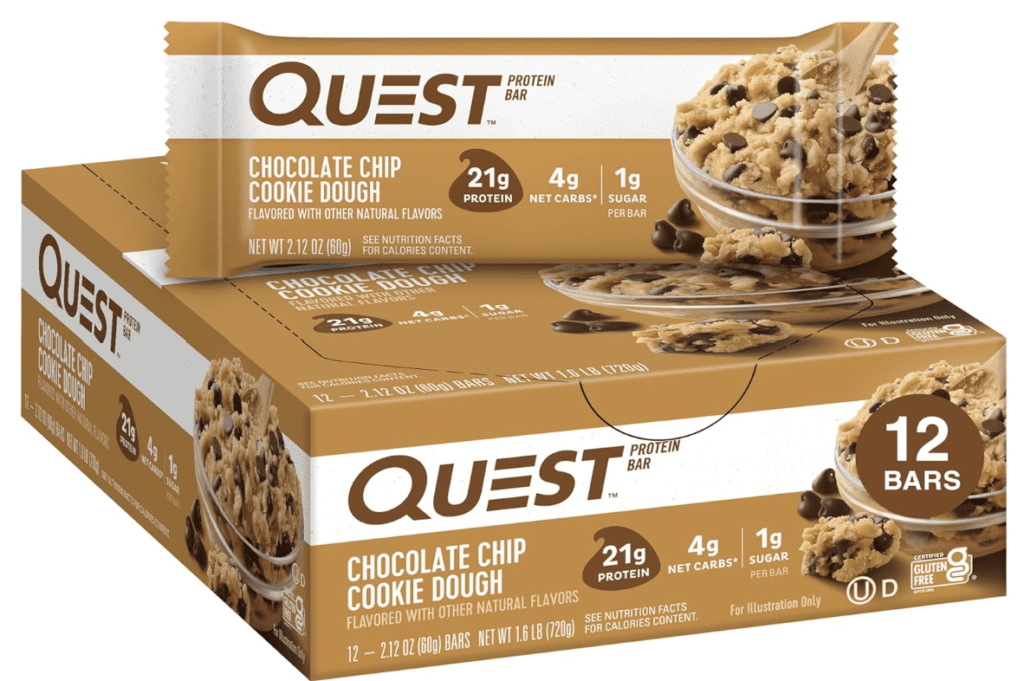Protein Shakes vs. Protein Bars: Which is Better?
In the grand arena of fitness and nutrition, protein shakes and protein bars stand as fierce competitors. Both promise to fuel your muscles, curb your hunger, and support your fitness goals. But which one truly deserves a spot in your gym bag or pantry?
Round 1: Convenience
Protein Shakes
Picture this: You’ve just smashed a killer workout, and you’re craving that immediate post-gym protein hit. Enter the protein shake, stage left. With a quick shake of the bottle or the press of a blender button, you’ve got yourself a drinkable source of protein that’s as smooth as a James Bond martini.
Pros:
- Quick and Easy: Pour, shake, drink—done.
- Hydration Boost: Doubles as a hydration aid, especially if you mix it with water or milk.
Cons:
- Preparation Required: Even the quickest shakes need some level of prep, whether it’s mixing powder or grabbing a ready-made bottle.
- Spillage Risk: Shake too hard, and you might end up wearing your protein.
Protein Bars
Now, imagine running from a meeting to a workout class with no time to spare. Enter the protein bar, strutting confidently with its grab-and-go convenience. No mixing, no mess—just unwrap and munch.
Pros:
- Portable: Fits in your bag, pocket, or glove compartment.
- No Mess: Zero prep required; just unwrap and enjoy.
Cons:
- Texture Issues: Some bars can be hard, chewy, or downright unappetizing.
- Sugar Content: Watch out for those sneaky sugars disguised as healthy ingredients.
Round 2: Nutritional Content
Protein Shakes
When it comes to customizing your protein intake, shakes are like a blank canvas. You can tailor them to your dietary needs by choosing different types of protein powder (whey, casein, plant-based) and adding extras like fruits, veggies, or nut butters.
Pros:
- Customizable: Adjust ingredients for tailored nutrition.
- Higher Protein Content: Generally delivers more protein per serving compared to bars.
Cons:
- Caloric Content: It’s easy to go overboard with add-ins, turning a simple shake into a calorie bomb.
Protein Bars
Bars, on the other hand, are pre-packaged and ready to go. They offer a balanced mix of protein, carbs, and fats in a convenient form.
Pros:
- Balanced Macros: Often include a mix of protein, carbs, and fats.
- Fixed Portion: Easier to control portion sizes and track intake.
Cons:
- Ingredients: Some bars are loaded with artificial ingredients, preservatives, and sugars.
- Lower Protein Content: Typically offer less protein per serving than shakes.
Here’s a quick comparison table for clarity:
| Attribute | Protein Shakes | Protein Bars |
|---|---|---|
| Convenience | Quick to prepare, some spillage risk | Grab-and-go, no mess |
| Customization | Highly customizable | Pre-set nutritional content |
| Protein Content | Generally higher (20-30g per serving) | Moderately high (10-20g per bar) |
| Caloric Control | Variable, depends on ingredients | Fixed portion size |
| Additives/Ingredients | Can be kept natural | May contain artificial ingredients |
Round 3: Taste and Enjoyment
Protein Shakes
With endless flavors and the ability to add your favorite ingredients, shakes can be an enjoyable part of your routine. From classic chocolate and vanilla to exotic mango and matcha, there’s a flavor for every palate.
Pros:
- Variety: Wide range of flavors and customization options.
- Smooth Texture: When blended well, they go down easy.
Cons:
- Consistency: If not mixed properly, you might end up with clumps.
Protein Bars
Bars can be hit or miss. Some taste like delicious candy bars, while others have the texture of cardboard. The key is finding the right brand and flavor that suits your taste buds.
Pros:
- Flavor Options: Plenty of choices, from peanut butter to chocolate chip.
- Texture Variety: Crunchy, chewy, and everything in between.
Cons:
- Taste: Quality varies widely; some can be overly sweet or bland.
Final Verdict
So, which is better: protein shakes or protein bars? The answer depends on your lifestyle, nutritional needs, and personal preferences.
- For on-the-go convenience, protein bars are the clear winner. They require no preparation and are easy to stash anywhere.
- For nutritional customization and higher protein content, protein shakes take the prize. They allow you to control exactly what goes into your body and can be tailored to your specific dietary requirements.
Both have their strengths and can play a valuable role in your diet. The real magic happens when you use them in tandem—grabbing a bar when you’re pressed for time and whipping up a shake when you have a moment to spare.
Q&A: Your Protein Snack Questions Answered
Q1: Can I replace meals with protein shakes or bars? A1: Occasionally, yes. But they shouldn’t replace whole meals regularly. They’re best used as supplements to a balanced diet.
Q2: Which is better for muscle gain? A2: Protein shakes generally provide more protein per serving, making them slightly better for muscle gain. However, both can be effective when combined with a proper diet and exercise regimen.
Q3: Are there any side effects from consuming too many protein shakes or bars? A3: Overconsumption can lead to digestive issues, nutrient imbalances, and unwanted weight gain. Moderation is key.
Q4: Can I make my own protein bars or shakes? A4: Absolutely! Homemade versions let you control the ingredients, ensuring they’re free from artificial additives and excessive sugars.
Q5: What should I look for in a quality protein bar or shake? A5: High protein content, low added sugars, simple ingredients, and third-party testing for quality assurance.
Ready to fuel your fitness journey with the right protein snack? Whether you choose shakes, bars, or a mix of both, you’ll be well on your way to smashing those health goals.


